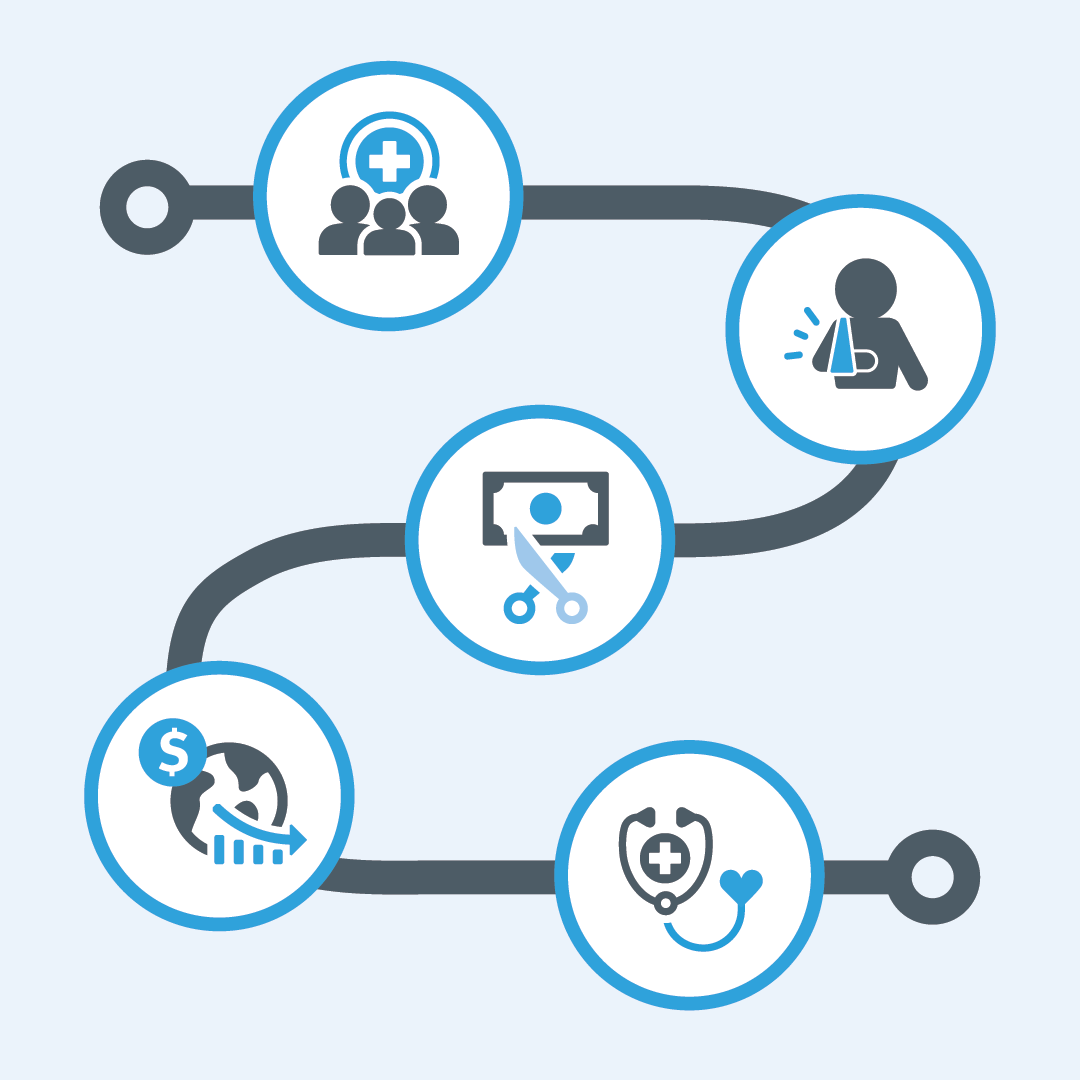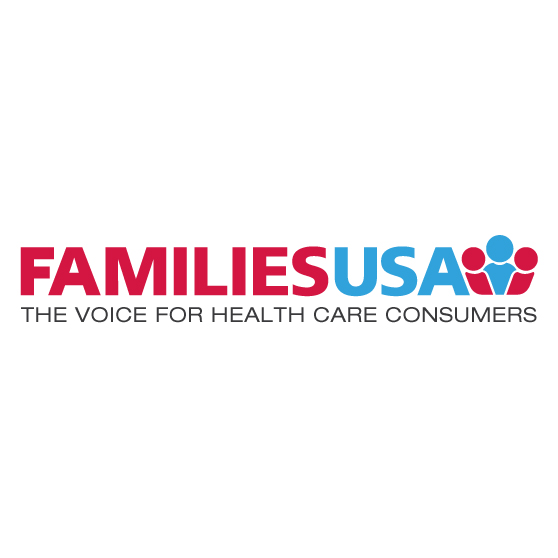How Could a 1332 Waiver Affect Medicaid and CHIP?
By Cheryl Fish-Parcham, Andrea Callow,
01.16.2016
States can receive approval from the federal government to begin state innovation projects in 2017 that would waive certain provisions of the Affordable Care Act pertaining to private insurance coverage. To do this, they can divert the federal money designated under the ACA for premium credits and cost-sharing for another purpose. This analysis describes the possible impact of these waivers on Medicaid and CHIP and how new guidance from the federal government provides some guardrails designed to protect the vital coverage provided by these programs.
While waivers under Section 1332 are related to private insurance, there are several ways they could affect Medicaid and CHIP coverage. First, states may seek 1115 waivers at the same time that they are seeking 1332 waivers in order to implement a large-scale change in their state’s coverage programs. Second, when private insurance changes, or when the system for applying for marketplace coverage changes, it may have indirect effects on Medicaid and CHIP enrollment.
Examples of indirect effects of 1332 waiver changes
- Right now, when someone applies for marketplace coverage with financial help, the marketplace and Medicaid agency also screen the family for possible Medicaid eligibility. Let’s say a state changes its application system for private insurance coverage under a 1332 waiver. If the state isn’t careful to also provide Medicaid screening under its new application system, Medicaid enrollment could decrease.
- Let’s say a state waived the provision that requires large employers that don’t provide coverage to pay a shared-responsibility payment. If the large employers dropped coverage for low-income workers, some of those workers might become uninsured and others might seek Medicaid instead, which could increase Medicaid enrollment.
Federal guidance on section 1332 waivers, published in December 2015, provides some guardrails designed to protect the Medicaid and CHIP populations:
- When states apply for 1115 waivers and 1332 waivers simultaneously, each waiver will be evaluated separately to ensure that it meets the criteria for its waiver program. When evaluating a 1332 waiver proposal, the administration will consider whether, if the state did NOT change its Medicaid policies, implementation of the 1332 proposal would be deficit neutral to the federal government and would provide coverage that is at least as comprehensive and affordable to residents.
- States must consider whether the 1332 waiver might have any effect on Medicaid enrollment, even though the waiver doesn’t change Medicaid policy.
- 1332 waivers can’t reduce the number of people who have coverage with as affordable out-of-pocket costs as are required by the Medicaid and CHIP programs, without a change in Medicaid policy.
- States must make sure that there is no decrease in the number of people that have coverage for the full set of services covered under the state’s Medicaid and/or Children’s Health Insurance Programs
What populations might be affected by 1332 waivers and by Medicaid and CHIP policies?
1332 waivers allow states to use federal money that would normally be used for premium credits and cost-sharing reductions for low- to middle-income residents for a different coverage approach. The populations that now get premium credits are lawful residents who do not have affordable offers of comprehensive coverage from employers, would spend too much of their incomes on premiums in the marketplace without a subsidy, and:
- Have incomes between 100 and 400 percent of federal poverty guidelines, or
- Have incomes below 100 percent of poverty but do not qualify for Medicaid because they have not yet had a lawful status for five years.
In states that have expanded Medicaid, using the enhanced match available under the Affordable Care Act, adults are eligible for Medicaid with incomes up to 138 percent of poverty; higher income eligibility levels apply to pregnant women. (A few states have used 1115 waivers to set higher Medicaid eligibility guidelines.) Income eligibility guidelines for children under Medicaid and CHIP vary considerably from state to state, ranging from 175 percent to just over 300 percent of federal poverty guidelines. Thus, the people we are most concerned about in waiver proposals is the population with incomes just above the federal poverty level who still struggle to pay expenses.
Example: A state that now provides Medicaid to adults with incomes up to 138 percent of poverty might apply for an 1115 waiver and a 1332 waiver that change the way it assists residents with coverage. HHS would evaluate each waiver separately. We understand the guidance to mean that HHS would ensure that people just above poverty did not experience higher cost-sharing or a reduction in benefits.
Advocates will still need to be vigilant in protecting Medicaid and CHIP beneficiaries
Though the guidance includes some strong protections for what can and can’t be done through waivers, states still have considerable flexibility whether to expand or reduce Medicaid and CHIP programs by amending their state plans. States would lose federal matching funds, including enhanced matching funds, if they did cut back their programs. This amount of money would not be replaced by any pass-through of funds under a 1332 waiver. As states contemplate changes to their coverage programs, advocates should be vigilant in pointing out any possible harm or and possible benefits to beneficiaries. They should remind policymakers that any reductions in benefits will result in a loss of federal dollars to the state.




